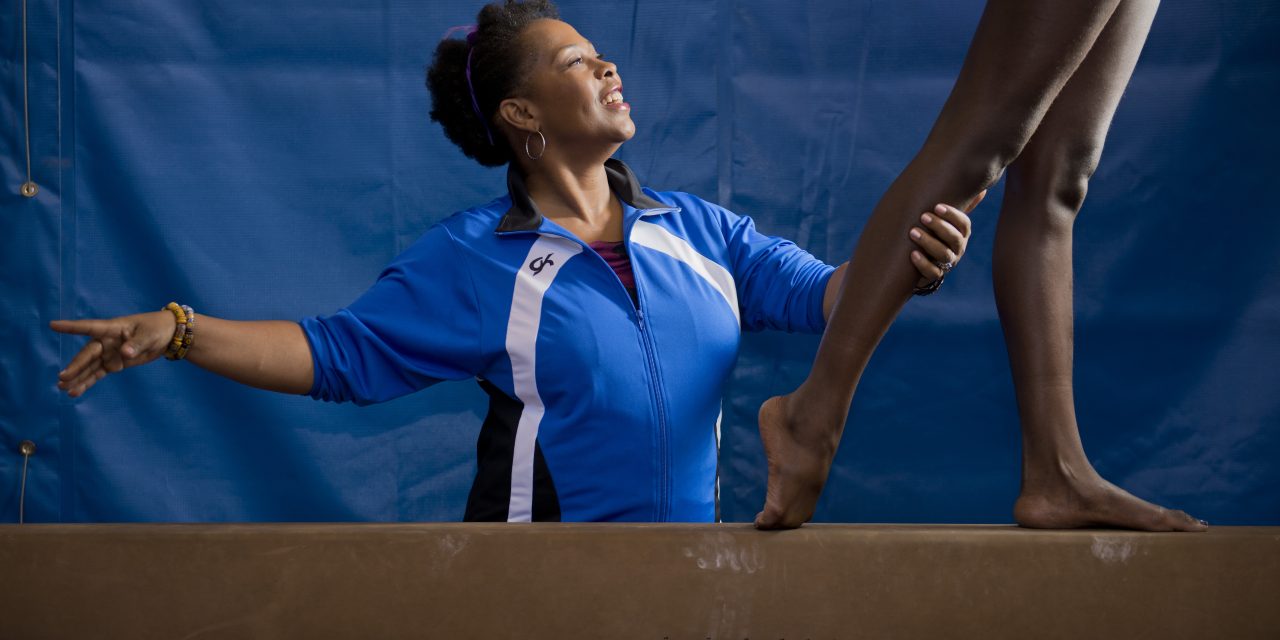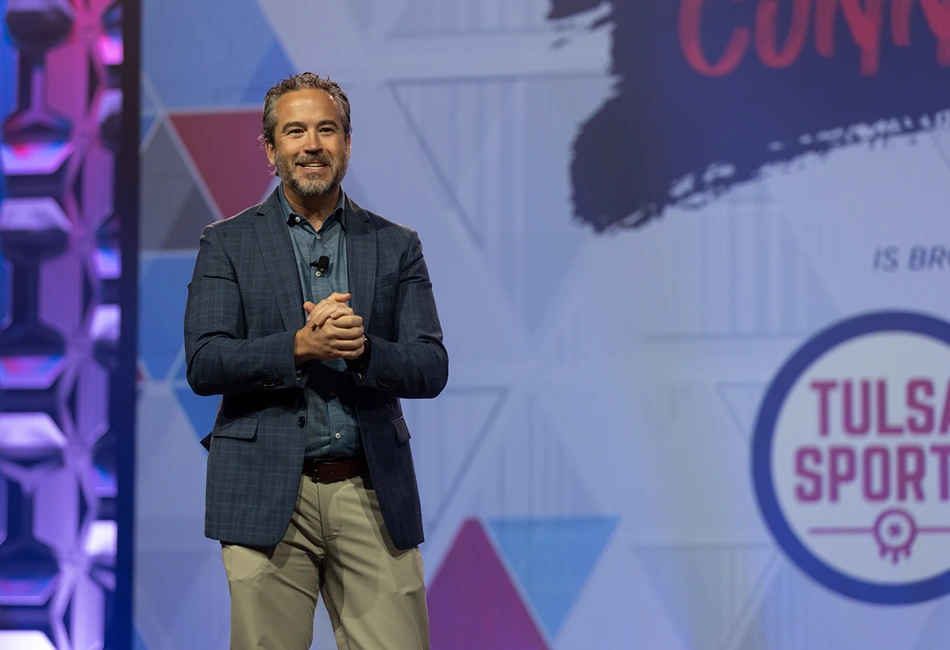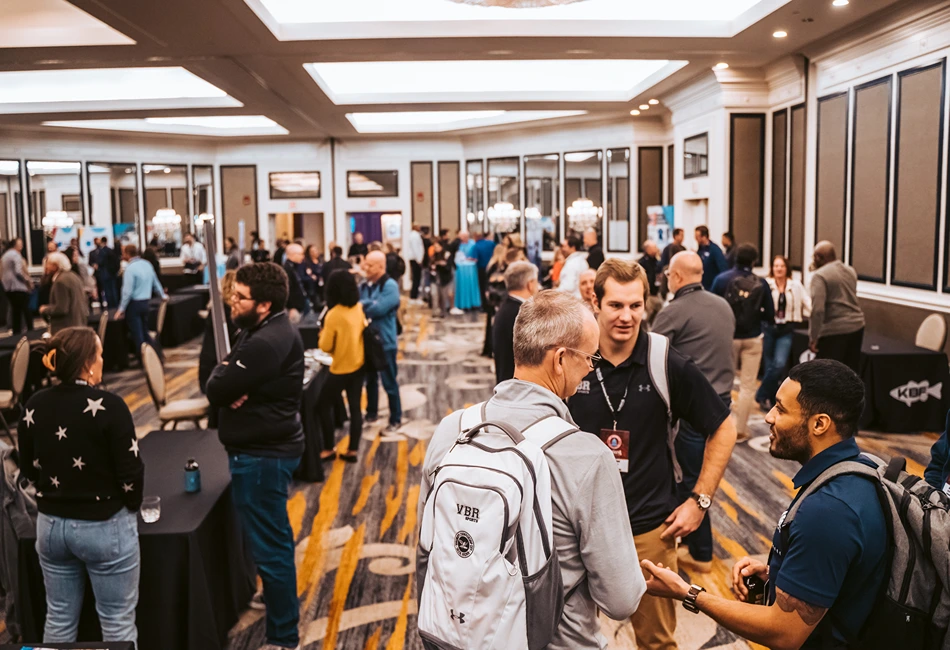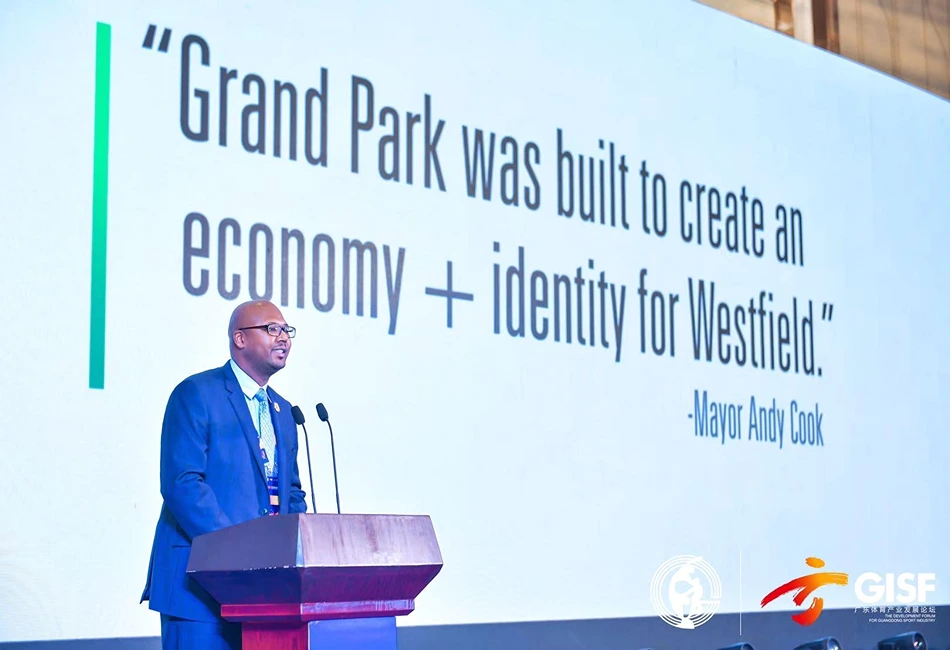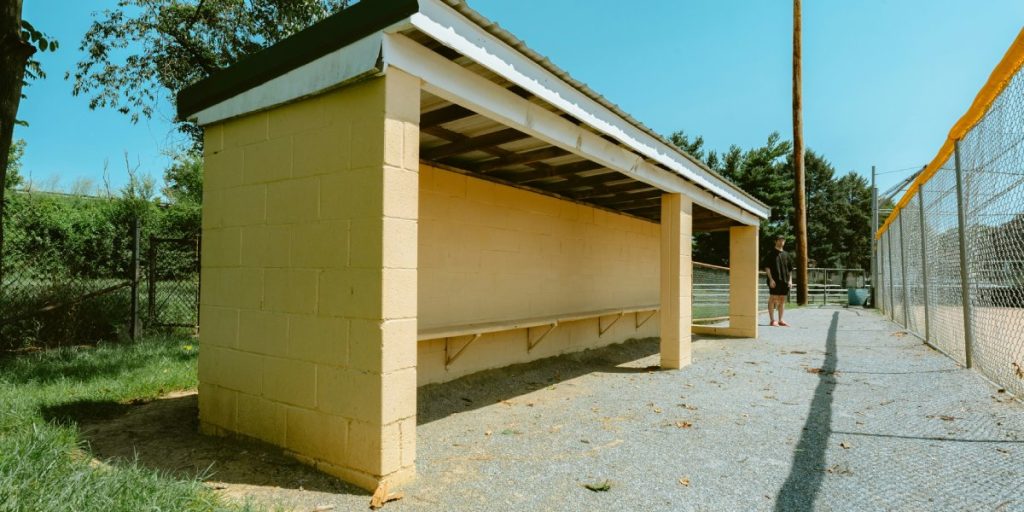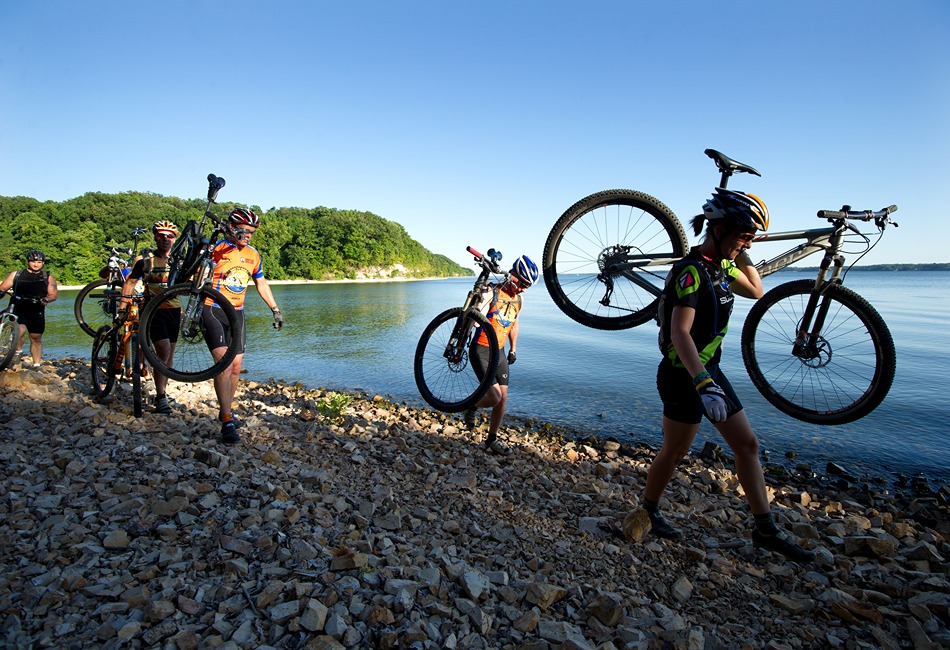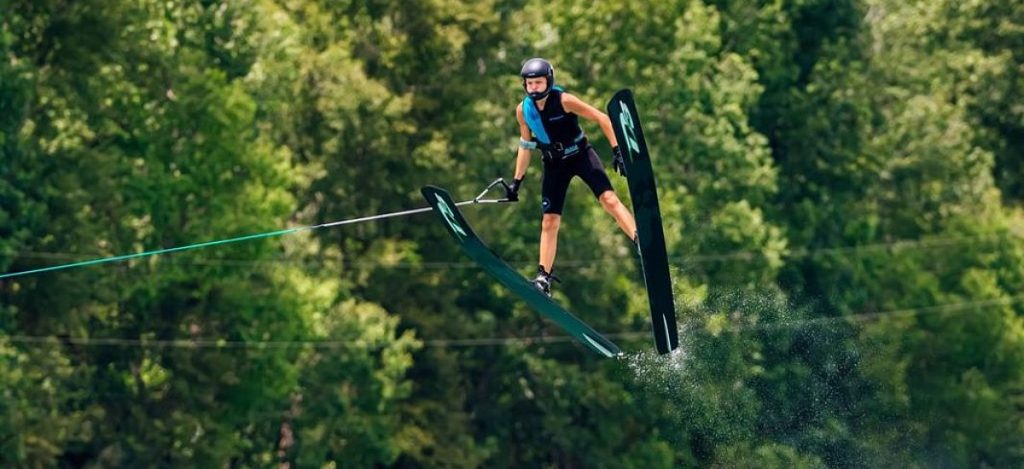Play Sports Coalition movement pushes to increase youth sports participation and better understanding of its importance
A lot of questions come up in regards to youth sports, and no matter what a family’s particular situation may be, many of those questions may be left unanswered, creating frustration for both children and parents. Most people are aware that physical activity plays an important part in a child’s growth, but how deep is that awareness? Also, how many factors do sports actually play a part in developing? The list of questions goes on and on, but this is where organizations such as the Play Sports Coalition, whose mission is to ensure youth sports programs thrive as part of a vital movement, strive to not only answer but make things easier for everyone.
SPG sat down with Wendy Hilliard, founder of the Wendy Hilliard Gymnastics Foundation, and Luke Zaientz, chief strategy officer at IMG Academy, both of which sit on the board of directors of the Play Sports Coalition, to talk about the importance of youth sports participation.
SPG: Can you outline some of your main priorities within the Play Sports Coalition?
Luke: In short, we are all about elevating the value of youth sports. Our mission is to ensure youth sports programs thrive as part of a vital movement to help repair a society that needs community, connectivity and joy. We have three main priorities, which include:
Advocacy—working to influence federal and state decision makers to unlock resources that increase access to sports for kids. For example, Plays is helping several states unlock profits from online sports betting to invest back into local youth sports non-profits.
Articulation of the Why in youth sports—working to demonstrate with science why sports are a need for kids.
Mobilization—informing youth sports entities how to access resources and mobilize them into collective action. For example, during the pandemic, Plays helped many youth sports operators survive by unlocking CARES Act funds and now is providing education on obtaining Earmarks to include more kids in play.
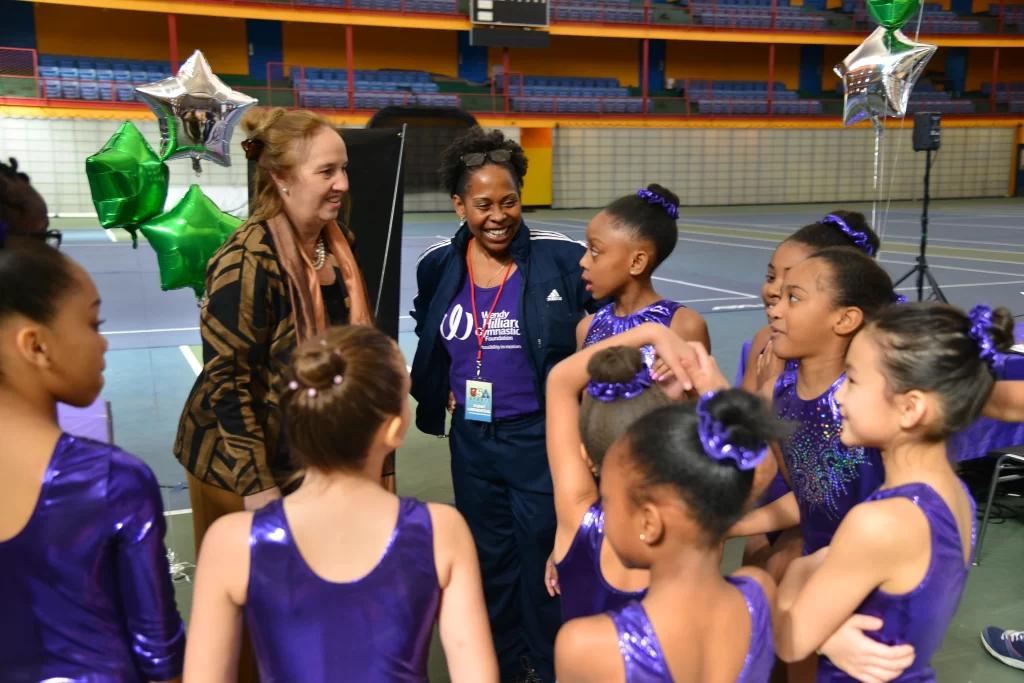
SPG: What would you say is the most critical role that sports play for young people?
Wendy: Health education and physical education that you have in school. But when you play sports, it takes it to another level. Besides teaching young people to be healthy, and an activity that is really quite fun, sports are so critical on so many levels from teaching good work ethic to learning how to win and lose, how to work with teammates, how to listen to coaches and how to set goals. It’s an important thing, overall. I’m a big fan of Olympism, which is a combination of arts and sports and education.
Luke: Project Play at the Aspen Institute says it best when it outlines health as the #1 Benefit. This is followed by educational, then mental, social and emotional benefits. My wife and I have 11- and 14-year-old boys and many of their best friends are also teammates. The boys think I’m silly, but I always tell them to do a few minutes of jumping jacks before a test as it radically increases neuro-electric activity and helps them perform their best.
SPG: What are some key tools that community leaders could utilize to become more involved in building youth sports interest and participation?
Wendy: Not everyone likes all sports, so you have to give youth opportunities to participate in different sports and on different levels. There are so many options out there. The biggest thing is to have the sport accessible to kids, have it be on a consistent basis. Make it a safe space, both physically and emotionally, and technically safe for girls and boys to be able to participate.
Luke: A few thoughts from running both recreation and elite programs: Start small and make it great before worrying about scale. What is great? Making friends, having free play, getting to make choices, having caring coaches, feeling improvement and a bit of space from yelling parents all help. Great is also well-trained coaches that can help kids and teams grow. Make it affordable—that is a bit of the trick. Word of mouth is a very strong driver in youth sports. Get the recipe right and the interest will build on itself.
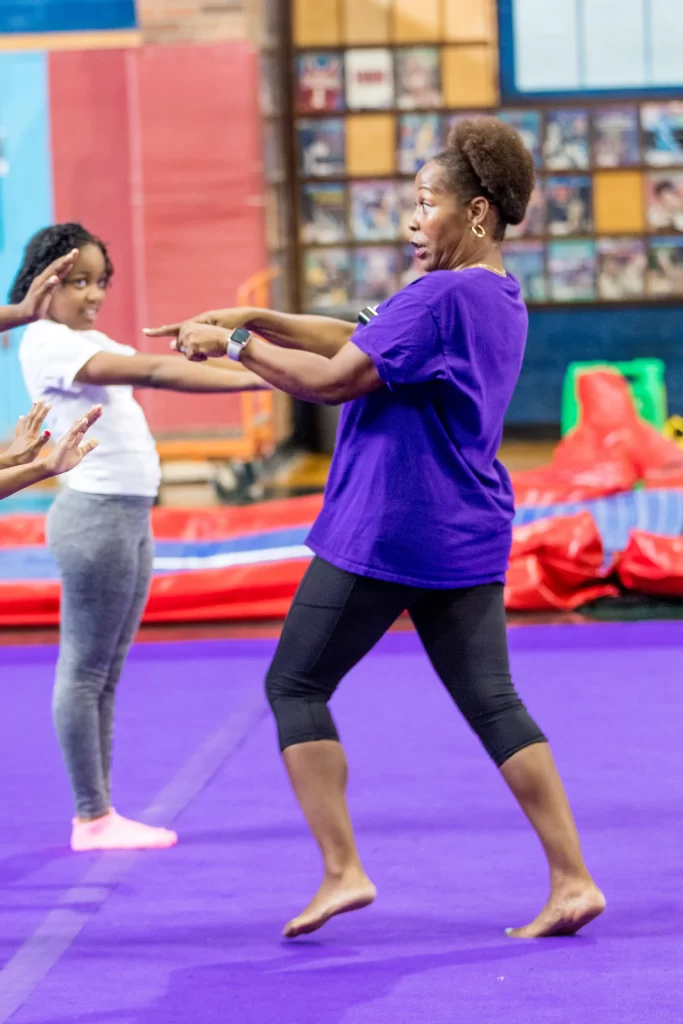
SPG: Some communities have limited budgets, or practically none at all. What are some options community organizers could consider in order to get youth sporting events off the ground?
Luke: Again, start small. When my boys were younger, we regularly went to a local park and called around and assembled a large informal squad of kids to play kickball. Our total investment was rubber bases and a couple utility balls. The kids self-governed and the parents hung out in lawn chairs. It was free-ish, easy and felt glorious to watch the kids have fun. They could also consider working with local schools or the Parks & Rec department. Both often have access to sports play spaces and kids but don’t have budget for labor and equipment or bandwidth to organize.
There are likely many opportunities if you sit down and brainstorm. In that brainstorm, I’d also suggest freeing yourself of trying to plan for the next Division I athlete. Just focus on what would be fun and get the kids moving, making friends, and wanting to come back again. That’s an amazing start.
SPG: What are you noticing regarding the impact of youth sports on young adults?
Wendy: It’s huge. The pandemic was hard on everyone of course, but especially youths because without resources that are out of their control then there was nothing available to them. Sports are so important because they teach us how to be healthy. We have a big societal problem with people not moving enough or being too much on electronics, things like that. Sports can help remedy all of these to get the energy out there.
Be outside, run around, get your juices flowing—everyone knows the studies and what that impact makes on young adults. In the long run, if they have a background in sports, they’ll deeply appreciate it. The key is, of course, just like any kind of teaching, kids learn best when they’re young, and then they’ll keep doing it when they get older. The same applies to sports.
Also, sports are not something that should just focus on when you’re young; it should be a lifelong pursuit to stay in shape. The impact of the youth sports experience is critical for you to be a healthy adult and to understand not just the sports activity itself, but being around people, being in teams and working together.
SPG: Is it all positive or are there negatives Play Sports Coalition are noticing as well?
Luke: Of course, it can go both ways. More sport specialization can cause more injury and burnout. Specialization can also build skill and confidence and opportunity. It comes down to stepping back and understanding what’s working and what isn’t and not giving up on resolving the parts that aren’t. The Play Sports Coalition is about not giving up and will continue to run out on the field waving our flag cheering for sport to win.
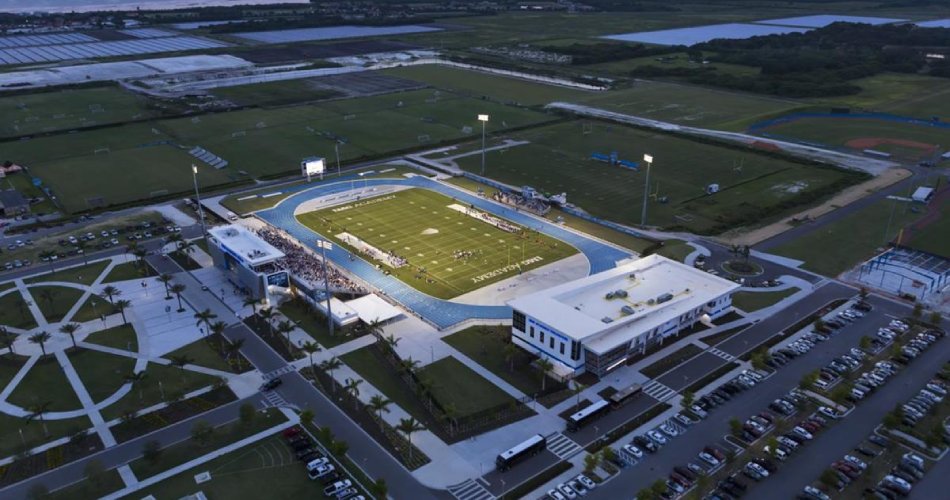
SPG: As kids approach their teen years there’s a noticeable dropout in sports participation. As this is a critical juncture in their development, what can be done to stem the tide?
Luke: There are two major shifts that affect participation rates, the shift into high school and for approximately 70% of high school students, the shift into college. In high school, sports get much more competitive, and expensive, which can exclude many students. Participation rates drop from 55% to 65% in Elementary to 45% to 55% in High School, depending on the data source, of course, but in college, participation drops even further at 35% to 45%.
In both cases, resources gravitate toward elite athletes so it becomes a question of how to recognize and then act on the need to create recreation experiences for everyone else. Play Sports Coalition feels that part of the issue is a better societal appreciation of the Why. If we really understand that investing in sports at a young age paid dividends later in lower health care costs, would we cut everyone that didn’t make the High School team? Would we allocate resources for another coach so we can create a second team or even something as silly and awesome as Kickball. How amazing would it be to play kickball after school with friends?
Interestingly in college only approximately 500k students play varsity sports, but two million play in less competitive clubs. Whether for high school or college, the idea is the same, think about who is getting left out and find ways to create experiences that make sense for them, too. It doesn’t have to be about winning, getting a scholarship or being a national champ. Often having a bit of fun is enough.
Wendy: You have to put more of an effort in, no doubt. Also, we have to realize that it’s different for girls than it is for boys. Girls tend to drop out at higher numbers when they enter their teens. Ensure that they’re having fun when they play, and if what they’re playing isn’t for them, which happens, then they could always try different sports. Of course, it does take extra effort to continue participating, but it’s worth that effort for sure. Some of my athletes that went on to college came back to say how grateful they were to have an experience in gymnastics, and that they were able to keep at it, which made them really strong. It made them disciplined, but yes, it was a real effort.
SPG: How can people get involved in your movement?
Wendy: Well, donations, of course. I was speaking with someone recently who thought that we had lots of money because we were so successful in what we’re doing, and I just laugh because it’s a consistent misconception. We provide a lot of scholarships when people can donate.
Luke: If you are a youth sports organization, please join our movement. If you are able, volunteer to coach or just help—I still drive an equipment van almost every weekend. If you have children, encourage them to have fun staying active. If it’s you, I bet outside is just a few feet away. Call a friend, lace up and get out there. You got this.
Photos of Wendy Hilliard and Wendy Hilliard Gymnastics Foundation (WHGF) courtesy of WHGF.

